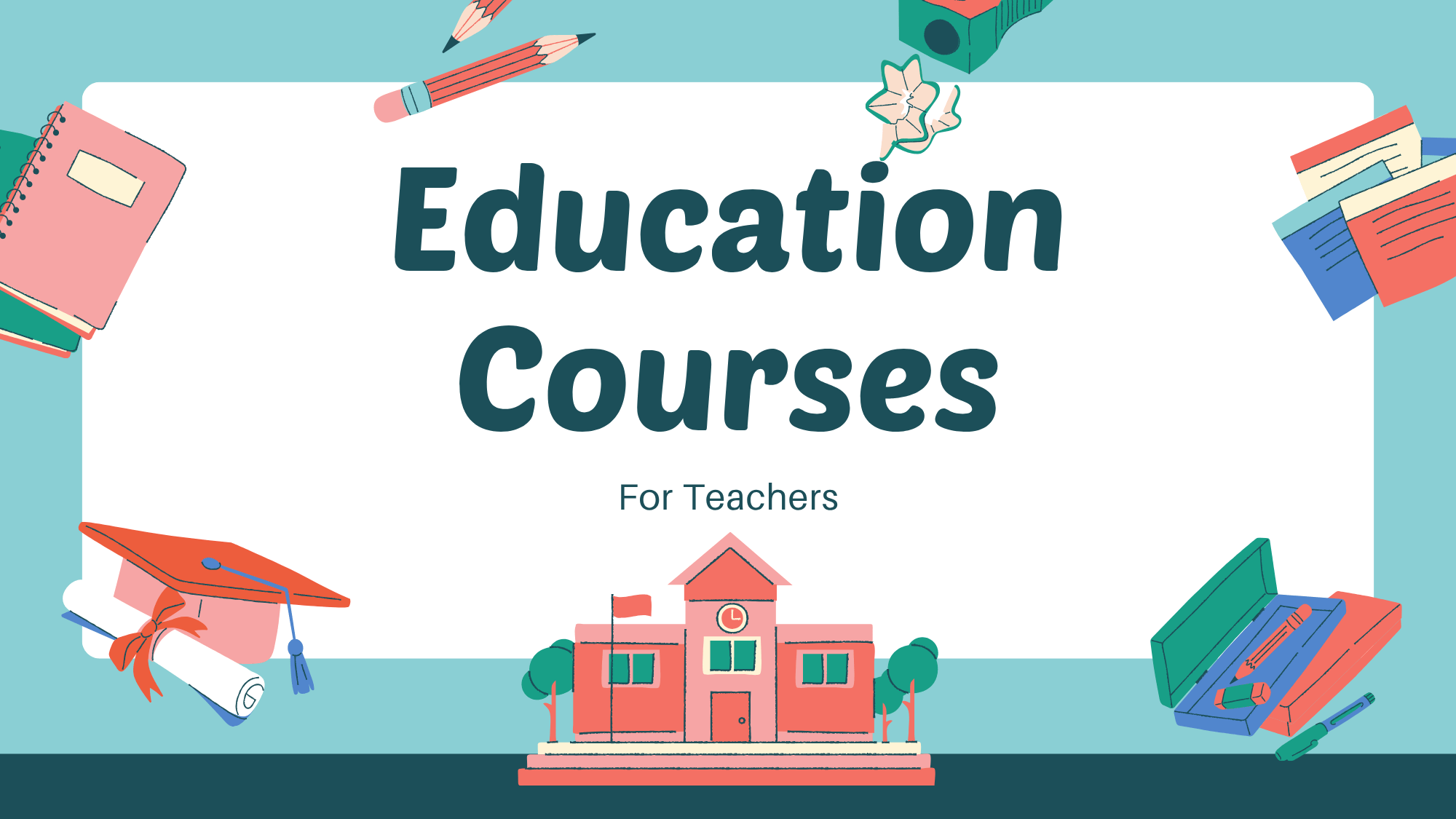As a teacher, you’re always helping others learn, but don’t forget, your growth matters too. Every lesson you teach, every student you support, and every challenge you take on in the classroom show how dedicated you are.
Even if you are renewing your teaching license, working toward a salary increase, or simply looking for new ideas to bring into your classroom, online courses can be a smart and flexible solution.
You can learn at your own pace, choose topics that truly interest you, and find programs that match your teaching goals.
In this guide, you’ll find everything you need to get started: trusted websites offering teacher-friendly courses, helpful topics to check out, and smart ways to save money along the way.
Why Learning Online Helps Teachers
Being a teacher means things are always changing: new students, new tools, and new ways to teach. That’s why taking courses is so important. They help you:
- Meet the rules for license renewal.
- Stay up-to-date with new teaching ideas.
- Build better lessons.
- Grow in your job and maybe even get a raise!
Online classes are also flexible, so you can learn after school or during summer break, on your own time.
What Makes a Course Worth Your Time

Not all online courses are the same. Here’s what to check before you sign up:
- Does it offer credits or hours you can use? Some courses give official credits, while others give professional development (PD) hours.
- Is it related to what you teach? Pick courses that match your subject or grade level.
- Is it flexible? Many teachers need self-paced or weekend options.
- Is it affordable? Some platforms offer discounts or even free classes.
- Is it taught by someone who gets it? Look for experienced educators or trusted programs.
Top Online Places Teachers Love
These online platforms provide great courses that you can learn from :
1. Learner’s Edge
| Feature | Details |
|---|---|
| Focus | Designed specifically for teachers |
| Instructors | Courses created by experienced educators |
| Format | Self-paced and easy to follow |
| Credits Offered | Professional development hours and graduate credit options |
| Best For | Teachers needing flexible courses for license renewal or salary growth |
2. PBS TeacherLine
| Feature | Details |
|---|---|
| Backed By | Public Broadcasting Service (PBS) |
| Topics Covered | Technology, literacy, STEM, classroom strategies |
| Course Length | 6–8 weeks, instructor-led |
| Credits Offered | CEUs and graduate-level credit |
| Best For | Teachers who want in-depth, supported learning |
3. ed2go (via local colleges)
| Feature | Details |
|---|---|
| Partnerships | Works with many schools, districts, and colleges |
| Topics Covered | Classroom management, tech tools, special needs education |
| Format | Short-term, affordable, and online |
| Completion Proof | Certificate of Completion provided |
| Best For | Quick learning with formal documentation |
4. Coursera
| Feature | Details |
|---|---|
| Backed By | Universities like Harvard, Stanford, and more |
| Topics Covered | Education, psychology, technology, leadership |
| Access | Free audit option; certificates or credits available at cost |
| District Approval | Must confirm with the school or district for credit acceptance |
| Best For | Teachers who want high-quality content and flexible access |
Popular Topics that Help in the Classroom
Choosing the right topic can make a big difference not just for your career but also for your students.
Here are some of the most helpful course themes that can boost your skills and support your classroom
| Topic | Why It Matters |
|---|---|
| Differentiated Instruction | Learn how to adjust your lessons so every student can learn in a way that fits their needs. Great for mixed-level classrooms and inclusive teaching. |
| Classroom Management | Build routines, reduce disruptions, and create a calm space where students feel safe and ready to learn. |
| Technology Tools | Use tools like Google Classroom, Seesaw, or other learning apps to make lessons more interactive and organized. |
| Social-Emotional Learning (SEL) | Help students understand their feelings, build stronger relationships, and improve focus and behavior. SEL makes the classroom more supportive. |
| STEM & STEAM | Explore hands-on science, technology, engineering, arts, and math activities that get students excited and thinking creatively. |
| Reading Support | Strengthen your skills in helping struggling readers with phonics, fluency, and comprehension techniques that work. |
How to Make Sure it Counts
Before you hit enroll, follow these simple steps:
- Check with your school or district: Ask if the course or platform is approved. Some schools have a list of trusted providers; stick to those when possible. It only takes a quick email or chat with your admin to avoid problems later.
- Look for clear credit info: You should see CEU, PD, or graduate credit details listed. Make sure the number of hours or credits matches what you need. If you’re unsure, reach out to the course provider before enrolling.
- Get a copy of the syllabus or course outline: Keep it for records. Some districts may ask for this before or after you complete the course. It also helps you see what you’ll be learning before you commit.
- Save your completion proof: Most programs give certificates or transcripts. Download or print them as soon as you finish, just in case. Keep a digital folder of all your PD documents to stay organized.
Tip: When in doubt, get written approval from your school or administrator before starting!
Tips for Saving Money
Learning doesn’t have to break the bank. Many teachers find smart ways to take quality courses without spending too much. Here are some helpful tips to keep things affordable:
- Check if your school or district offers PD funds: Many schools set aside money for professional development. Ask your administrator or HR team if you can use these funds to pay for your online courses.
- Look for free courses that still give certificates: Some platforms offer free access to high-quality content and only charge for a certificate.
- Join with fellow teachers for group discounts: Some programs give special pricing when multiple educators from the same school or district sign up together.
- Apply for teacher grants or union reimbursements: Local and national teacher organizations sometimes offer mini-grants to help cover course fees.
Conclusion
As a teacher, your time is valuable, and so is your growth. Online courses make it easy to build new skills, meet school or state requirements, and feel more confident in the classroom.
Start small. Pick one course that feels right for you. Check if it offers the credit or hours you need, and make sure your school or district accepts it.
You’re already doing amazing work. These courses just help you do it even better.













